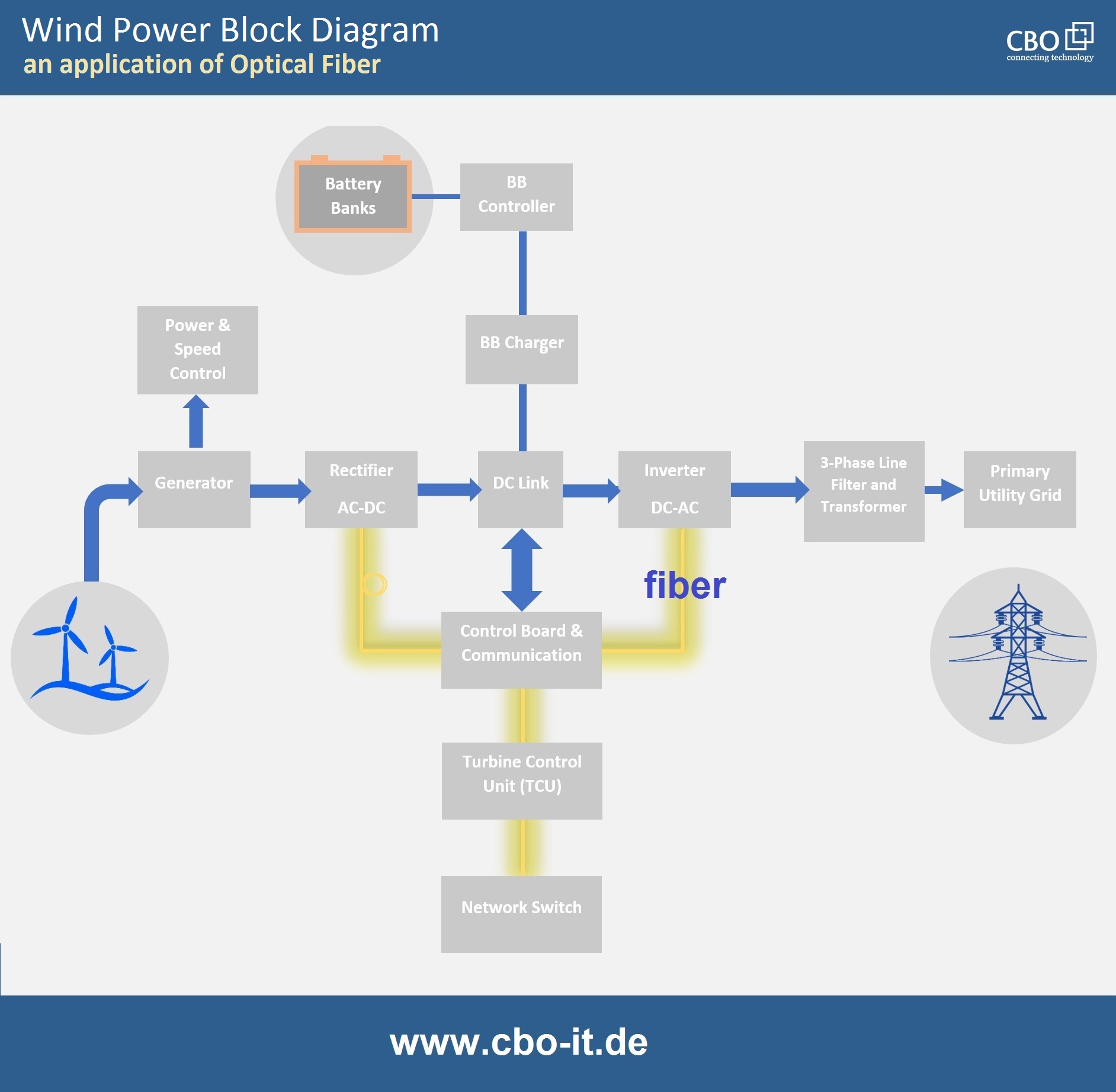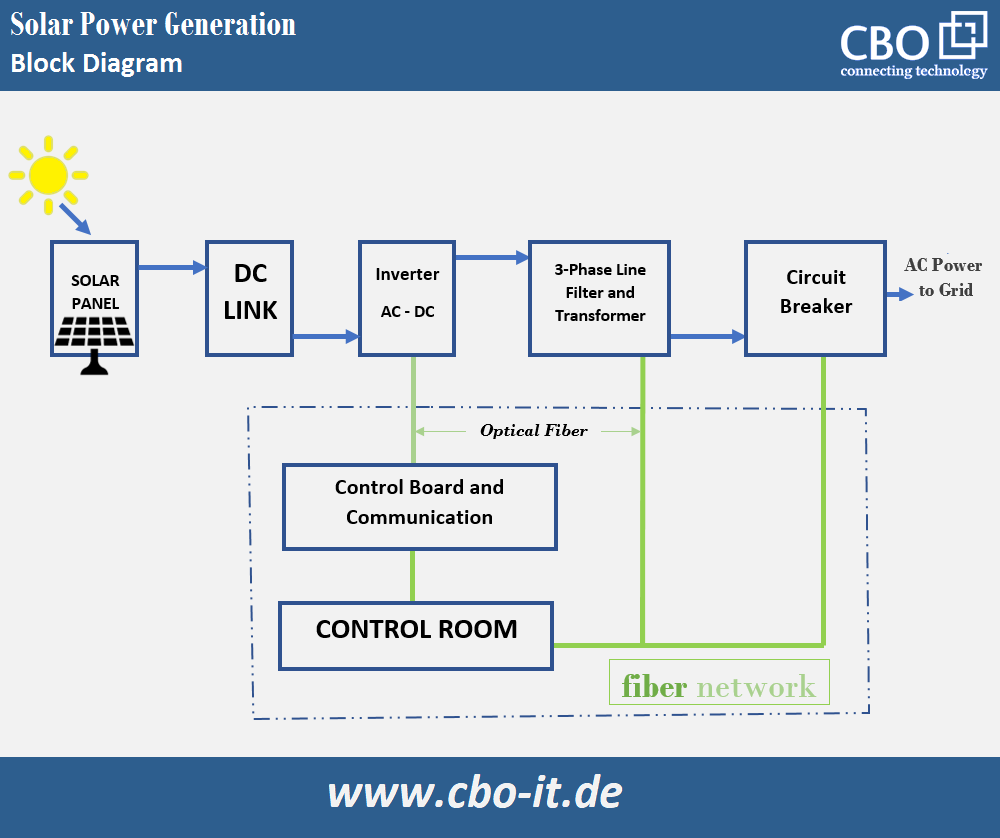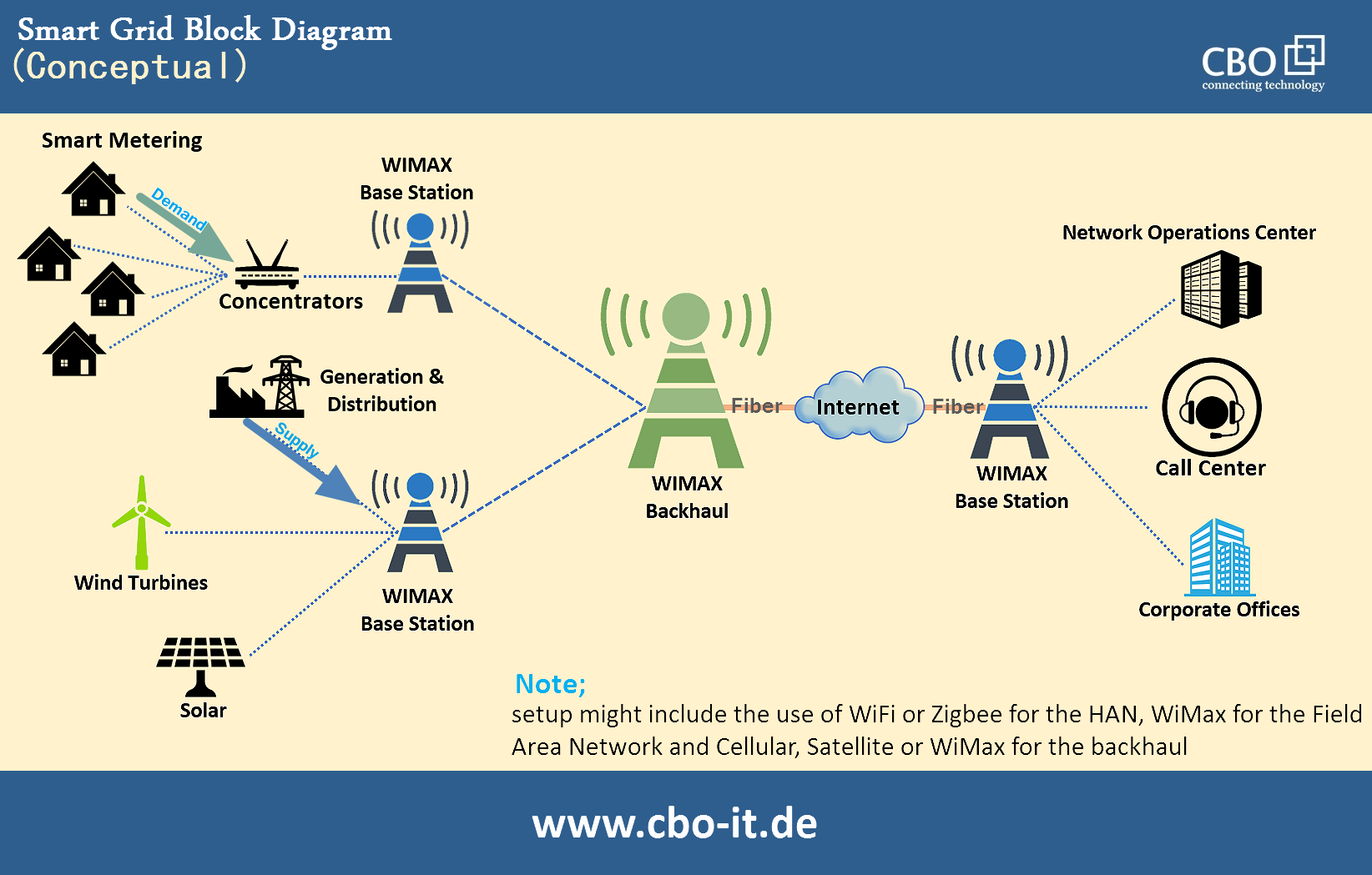The pressing need to advance renewable energy solutions in light of the climate crisis requires the development of robust infrastructure and increased production capabilities. Fiber optics, with its numerous advantages, plays a vital role in driving the progress of renewable energy and enhancing the profitability of facilities without mentioning any specific brand names.
Enhancing Renewable Energy Production with Fiber Optics
Optical fiber networking offers a range of technical advantages that optimize the operations and productivity of renewable energy projects such as wind farms and solar parks. The use of fiber optics enables high-speed data transmission with minimal signal loss over long distances, ensuring efficient communication between various components of the renewable energy system. This facilitates real-time monitoring and control of power generation, allowing operators to closely monitor energy production, identify potential issues, and implement timely corrective measures.
In wind farms;

optical fiber networking enables seamless communication between wind turbines, monitoring systems, and control centers. Fiber optic cables provide reliable connectivity and enable accurate data transfer for performance monitoring, condition monitoring, and predictive maintenance of wind turbines. This helps to optimize turbine performance, enhance operational efficiency, and minimize downtime.
In solar parks;

fiber optic networks enable efficient monitoring and management of solar panels and associated equipment. Real-time tracking of panel performance, irradiance levels, and temperature variations allows for precise control and optimization of energy production. This ensures that solar farms operate at their maximum capacity, delivering consistent and reliable energy output.
The Integration of Conventional and Renewable Energy
In addition to optimizing the operations of renewable energy projects, optical fiber networking plays a crucial role in integrating conventional and renewable energy generation. With the growing need for a reliable and efficient energy mix, the seamless integration of different energy sources is essential.
Optical fibers provide a reliable and high-capacity communication infrastructure that enables the coordination and synchronization of conventional power plants, such as natural gas or coal-fired plants, with renewable energy sources. This integration allows for a more balanced and flexible power grid, where the consistent output of conventional power plants can complement the intermittent nature of renewable energy generation.
Effective Load Management
By establishing optical fiber connections between different power generation facilities, energy producers can monitor and control the overall energy production, balance supply, and demand, and ensure grid stability. This integration also facilitates the efficient transfer of surplus renewable energy to conventional power plants for storage or distribution during periods of high demand or low renewable energy availability.
Furthermore, optical fiber networks enable the implementation of advanced control systems, such as smart grids, which intelligently manage energy flow between different sources and consumers. This enables efficient load management, real-time monitoring, and optimization of energy distribution, reducing wastage and maximizing the utilization of available resources.

Conclusion
The integration of conventional and renewable energy generation via optical fibers promotes a more sustainable and resilient energy infrastructure. It enables a smooth transition towards a cleaner energy future by leveraging the strengths of both conventional and renewable energy sources while also facilitating the adoption of emerging technologies, such as energy storage systems and demand response mechanisms.
Optical fiber networking plays a vital role in integrating conventional and renewable energy generation, enabling a more reliable, flexible, and sustainable energy system to meet the growing global energy demands.
 English
English
 Deutsch
Deutsch
 Espaniol
Espaniol










